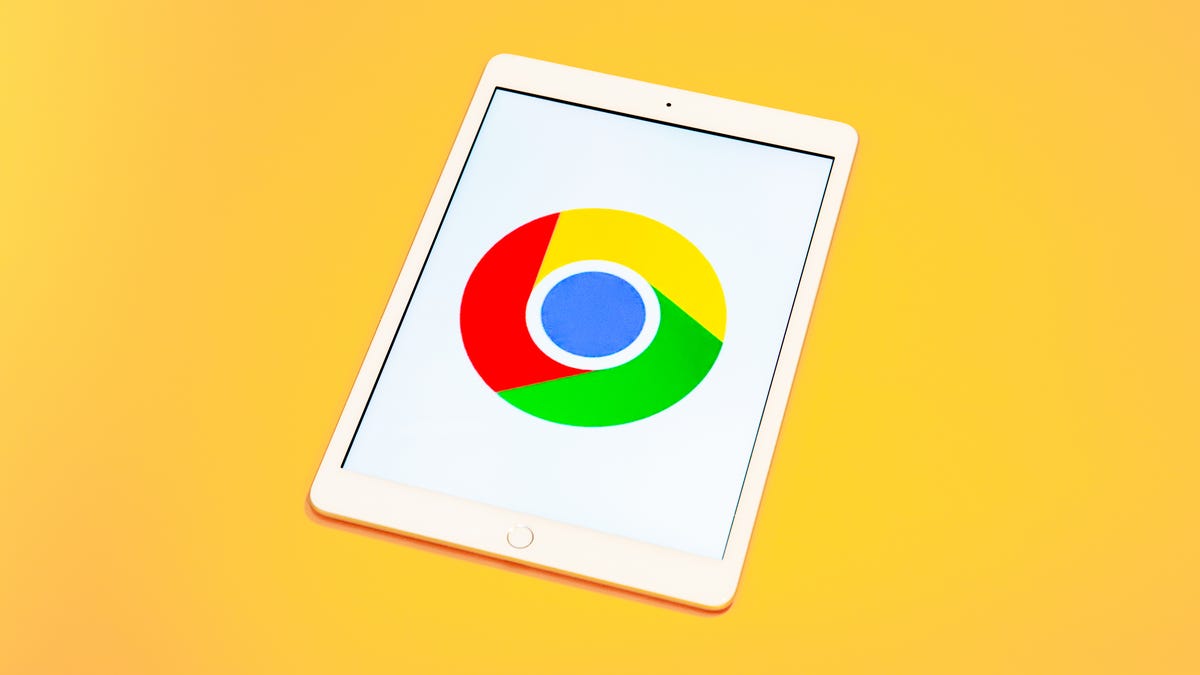Chrome to Let You Pay With Virtual Cards Using Autofill Feature
The feature, which Google says is coming this summer in the US, enables shoppers to make purchases without giving their real card numbers to retailers.

People who use Google's Chrome browser and Android devices will be able to make online purchases without handing over their credit card details to retailers, the search giant said Wednesday, unveiling a new feature that stores the information.
Called virtual cards, the feature stores details such as credit card numbers, expiration dates and CVV security codes in the browser or Android device. The information is accessed using the Chrome browser's Autofill function to choose a stored payment card. The feature is also available on Android devices, both on the Chrome app and any app that has a checkout form that Android can recognize.
The feature, which is scheduled to roll out this summer for Visa and American Express cardholders, as well as for people with Capitol One cards from either Visa and Mastercard, makes Chrome the first browser to support the use of virtual card numbers without an extension or extra software on a device, Google said. Google unveiled the feature at its annual I/O developers conference, held at its Mountain View, California, headquarters.
"As we all do more and more of our shopping online, keeping your payment information safe and secure is critically important," said Jen Fitzpatrick, senior vice president of core systems and experiences at Google.
The company also announced passwordless technology and enrolling users int two-factor authentication by default, in addition to Protected Computing, a group of tools that aim to limit users' data footprint as they use Google services.
The virtual card feature's rollout is currently limited to the US. Google already offers virtual cards through its Google Pay app.
Chrome desktop and Android users can convert payment information to virtual cards when storing card numbers in Chrome Autofill for the first time, or after using the card to make a new purchase. Transaction histories can be viewed at pay.google.com.

